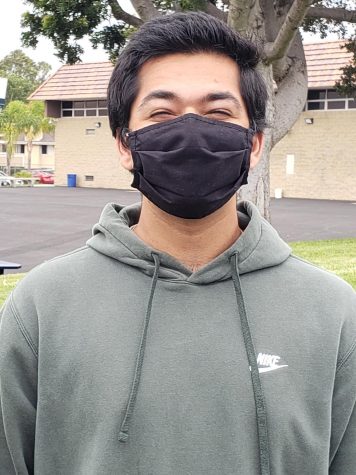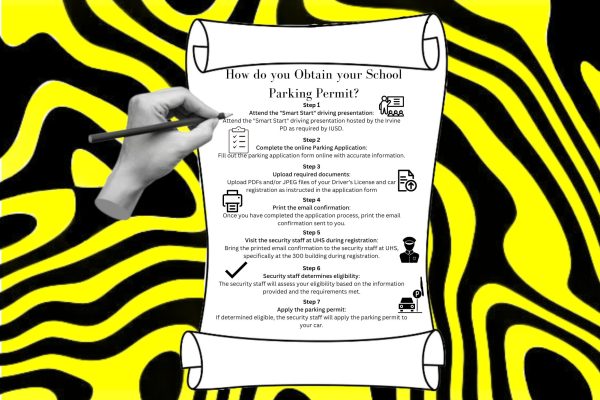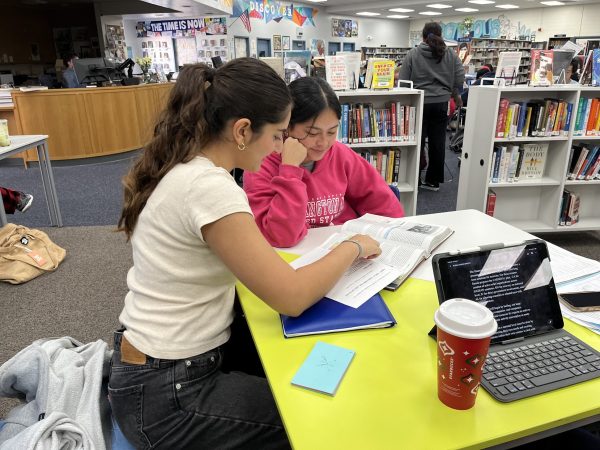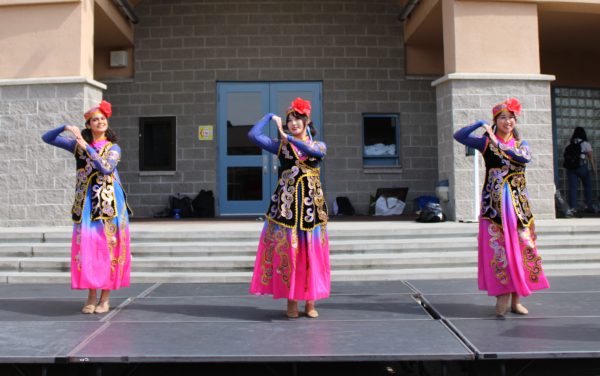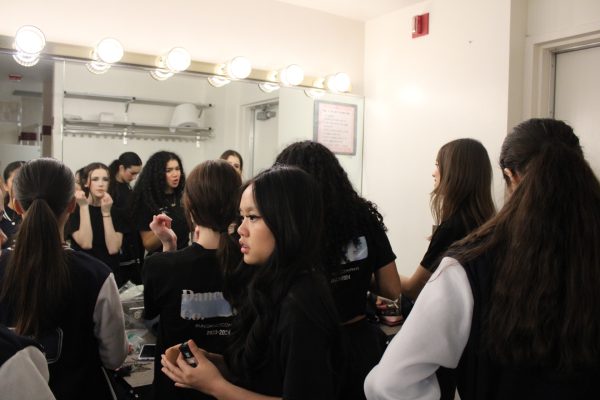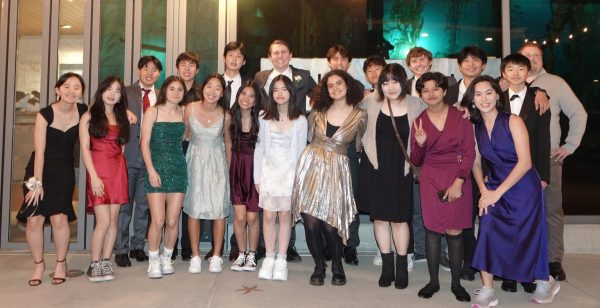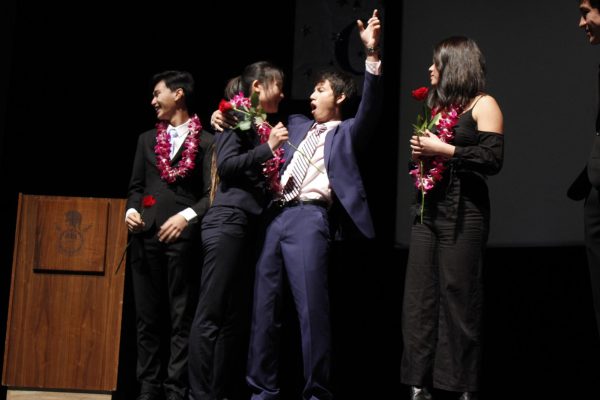The Art of the Dap
December 2, 2019
We’ve all seen it. Walking through UHS, and two dudes lock eyes with each other. From the outside view it may seem like a fight is about to break out. Then they start to walk towards each other, their pace quickens, their arms begin to raise. They put their shoulders down, aimed at the other person, bulls charging at a red flag. And then the unexpected happens: the dudes collide but their arms are at chest height, now locked together. They pull into a warm embrace, and a sigh of relief goes through any onlookers. This is the dap.
Now before going into the use of the dap in modern UHS culture, let’s look at where this originally came from. Around the 1970s, dapping was used mainly by African American soldiers in the Vietnam War as a sign of solidarity and also as a part of the Black Power movement. As the years went on, this greeting became more of a Western culture norm and has spread like wildfire through pop culture. Wikipedia (the crux of Western knowledge) likes to define a dap as, “positive nonverbal communication between two people, ranging from a brief moment of simple bodily contact to a complicated routine of hand slaps, shakes, snaps, etc. known only by the two participants.”
And that’s exactly what the dap is and, more specifically, why it’s so popular; it’s different for everyone. Whether it’s between best friends or a group of teammates, the dap is a way for people to show their bonds with each other. Yet, this custom is really only popular among a certain group in society: men.
Be honest, when is the last time you’ve seen two girls “dap up the homies”? For some reason, this practice has become a norm for men in society and remains an utter mystery for women. Many who are inexperienced in dapping are astonished by how fluidly it is done and how the two people somehow know exactly which way to dap each other up, even if they’ve never met before. Well, let me try to clear up this mystery.
Let’s start with the basics and what the different types of daps are. The first common type is a full contact dap, also commonly referred to as the “bro hug”, when two people cup their hands together and hug each other. This dap serves as the very foundation for the majority of other daps because it can be modified in a variety of ways. For example, the two people can either leave their hands clasped in between their chests or bring them around into a full hug.
The next most common type of dap is the non-contact dap, or what most people like to simplify into a “handshake”. This dap is the one that confuses the vast majority of onlookers, since there are literally infinite combinations. The basic form has the two people slap their hands together, slide them back, and eventually clasp them together in a swirl. Another variation of this is where the slap is followed by the two hands pulling back fully and ending in a fist bump instead of a clasp. Non-contact daps can even start with the same clasp of the contact dap and move into the slide. Some take it to the extreme and grab the other person’s middle finger during the slide, and snaps to end the dap. Any of these daps can have a basic or insanely complex handshake added before them, creating those infinite combinations.
Now let’s talk about how people know when to use each dap. All daps start with the clasp or slap, and this is the point at which subtle cues signal which path the two will take. If the duo is too far from each other, it will most likely be a non-contact dap. Which non-contact dap will be chosen though? For some reason, white men prefer the fist bump, while the rest of us go for the clasp.
Contact daps, however, require a lot more attention to detail to discern whether or not they will be used. The key cue comes during the clasp or slap. If either side feels a tug, that’s the signal to go for the full contact dap. Sometimes, however, there is no tug, and at that point, you must rely solely on eye contact.
There is only one rule to daps: if you want to start the contact dap you must commit, and if you feel another person start a contact dap, you must commit to that. The same goes for non-contacts: the go-to should be the clasp and the slide, and when you go for it, what do you do? That’s right, you commit. There is nothing worse than going for a dap only to have the other person perform a completely different routine. Use this information wisely, and dap safely everyone.


